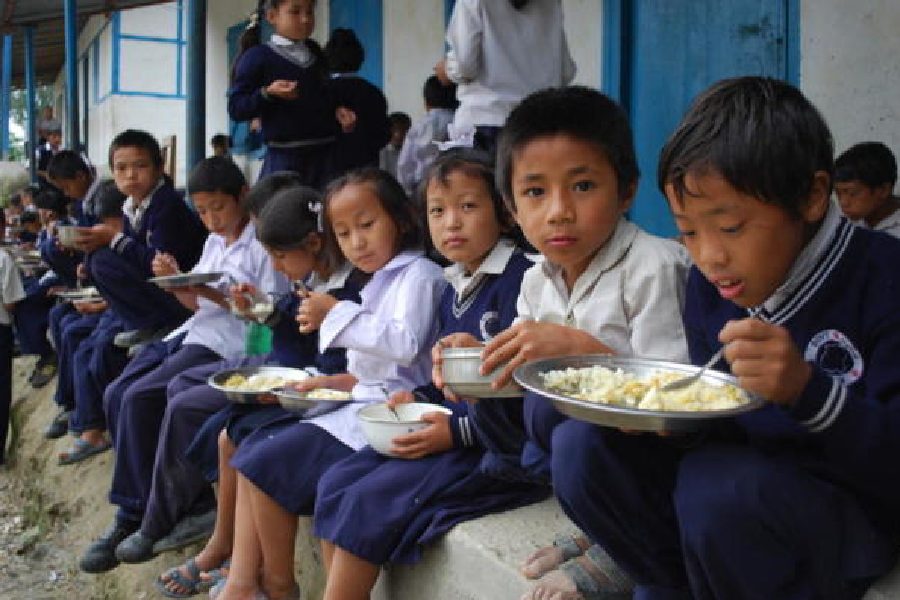The Sikkim government has entered into a technical collaboration with the World Health Organisation (WHO) for better sexual and reproductive health (SRH) with a focus on improving the state’s low fertility rate.
According to the National Family Health Survey 2019-21, Sikkim’s fertility rate is the lowest in the country. From the total fertility rate (TFR) of 2.01 in 2009, it has come down to 1.1 now. The national fertility rate has also come down from 2.6 to 2.0 during thesame period.
TFR is the average number of children a woman bears in her lifetime.
The Sikkim government has taken strong note of the low fertility rate and has taken initiatives to improve population growth. Sikkim is one of the lowest populated states in the country with around 7 lakh residents.
“Sikkim INSPIRES, Planning and Development department of Government of Sikkim is pleased to announce a significant technical collaboration with WHO aimed at enhancing sexual and reproductive health (SRH) services across the state with a special focus on improving the low TFR of Sikkim which currently stands at 1.1,” a statement issued by the planning and developmentdepartment states.
Sikkim Integrated Service Provision and Innovation for Reviving Economies (INSPIRES) is a program of the state government supported by World Bank aimed at delivering economic opportunities for women and youth. The program is to be implemented over five years with a budget around Rs 1900 crore with the World Bank providing around Rs 830 crore inloan assistance.
Nine government departments are involved in this program with the planning and development department acting as the nodal department.
Sikkim government and WHO will look to address the following issuesthrough collaboration:
Capacity building: Enhance the skills and knowledge of healthcare providers to deliver high-quality infertility healthcare services
Research and evidence generation: Conduct studies to better understand the reproductive health needs of the population and informpolicymakers
Monitoring and evaluation: Implement systems to assess the effectiveness of reproductive health programs and ensure accountability
IEC campaigns: Launch information, education and communication (IEC) initiatives to raise awareness and address emerging low infertility issues.
Many believe that low population in Sikkim could also be contributing to the stagnation of growth.
The National Family Health Survey (2019-21) suggests that the total fertility rate is low in areas with low population.
Apart from Sikkim, the least populated state in the country with a 1.1 TFR, others with low population are Goa with a TRF of 1.3, Ladakh, 1.3, and Andaman and Nicobar Islands, also 1.3.
Densely populated states such as Uttar Pradesh, Bihar and Madhya Pradesh have higher TFRs of 2.4, 2.4 and 2.0, respectively.
In an effort to buck the trend of low TFR, the Sikkim government has started a scheme to provide financial assistance of ₹3 lakh to women for invitro fertilisation (IVF) treatment to help increase the fertility rate apart from increasing the maternity leave for government employees from six months to a year.
Even though the Sikkim government has not come up with a clear explanation of the decline in fertility rate, some medical professionals have attributed it to changinglifestyles.
“With more nuclear family setups coming, people do not want to bear more children but instead focus on providing the best to the one or two they have. Late marriages are also not uncommon, plus women are also increasingly career-oriented now,”said a doctor.










